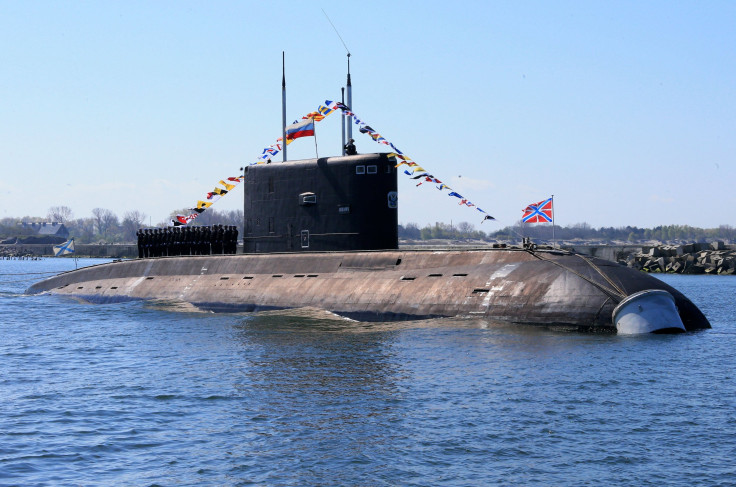Russia Modernizing Nuclear-Powered Submarine Cruisers As US, NATO Increase Combat Training

Come 2019, one of the priorities of the Russian navy would be to build multi-purpose nuclear and non-nuclear submarines, in the wake of the increased combat training activities being carried out by the United States and NATO near Russia’s borders.
The information was provided by Commander-in-Chief of the Russian Navy Vladimir Korolev, who was attending a meeting of the Admiralty Coordination Council of the veteran organizations of the Russian Navy, held in St. Petersburg, Russia, media outlet Red Star reported.
The Russian navy “will take into account a sharp increase in the intensity of operational and combat training of the United States and NATO countries near the borders of the Russian Federation,” Korolev said. “The forces of the Navy will be present in important areas of the oceans in the established number, which allows to exclude any threats from the sea and oceanic directions. Currently, about 100 warships and ships of the Navy of various classes carry out a naval presence.”
The commander-in-chief refrained from elaborating on the kind of training regimes carried out by the U.S. near Russia. He did mention, however, that the Russian Navy will focus on “improving and maintaining high-level naval strategic nuclear forces as part of strategic missile submarine groups.”
He also talked about enhancing the country's submarine fleet, which would be equipped with advanced combat and defense capabilities.
“The basis of the grouping of naval strategic forces will be rocket submarines of strategic purpose, a new generation, possessing high combat capabilities both in terms of strike and defensive potential. Prospective submarines from the general-purpose forces of the Navy will be multi-purpose carriers capable of solving a wide range of tasks in any region of the world's oceans. To enhance the combat capabilities, the modernization of nuclear-powered submarine cruisers with cruise missiles and multi-purpose submarines continues in the Navy,” he said.
Korolev summed up the meeting by emphasizing the need to introduce new technologies in “such areas as energy, automation and artificial intelligence,” which would “significantly reduce the time for their [ships and submarines'] construction and repair."
Earlier in December, it was reported the U.S. was considering the deployment of a military base near Kaliningrad, a Russian province sandwiched between Poland and Lithuania along the Baltic Coast. The plan of setting up the military base was laid in place due to the diminishing security and stability in the area caused by Russian aggression and military expansion. No tentative date was mentioned as to when construction of the base would start.
Some possible locations being considered for deployment of the base were Polish cities like Orzysz – located 170 kilometers (about 105 miles) from Kaliningrad, which geographically holds a strategically important position - Zagan and Dravsko-Pomorsk in western Poland, as well as the territory between the cities of Bydgoszcz and Torun.
Following a meeting with Polish President Andrzej Duda in the White House in September, President Donald Trump said he was considering setting up a permanent U.S. military base in Poland called “Fort Trump.”
“The [Polish] president offered us much more than $2 billion to do this, and so we’re looking at it. We’re looking at it from the standpoint of, number one, military protection for both countries, and also cost, a term you don’t hear too often and you haven’t heard too often over the last 25 years,” Trump added in a press conference.
© Copyright IBTimes 2024. All rights reserved.






















